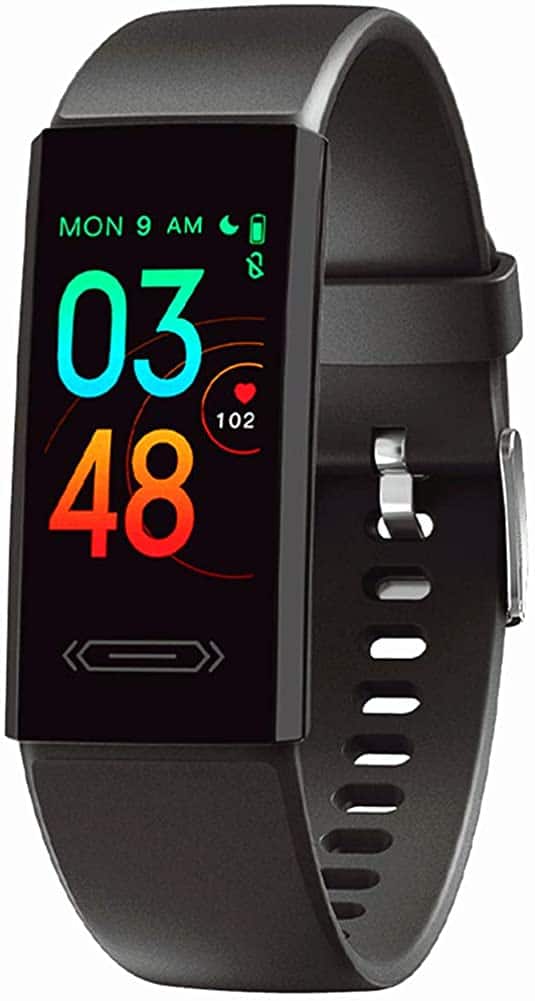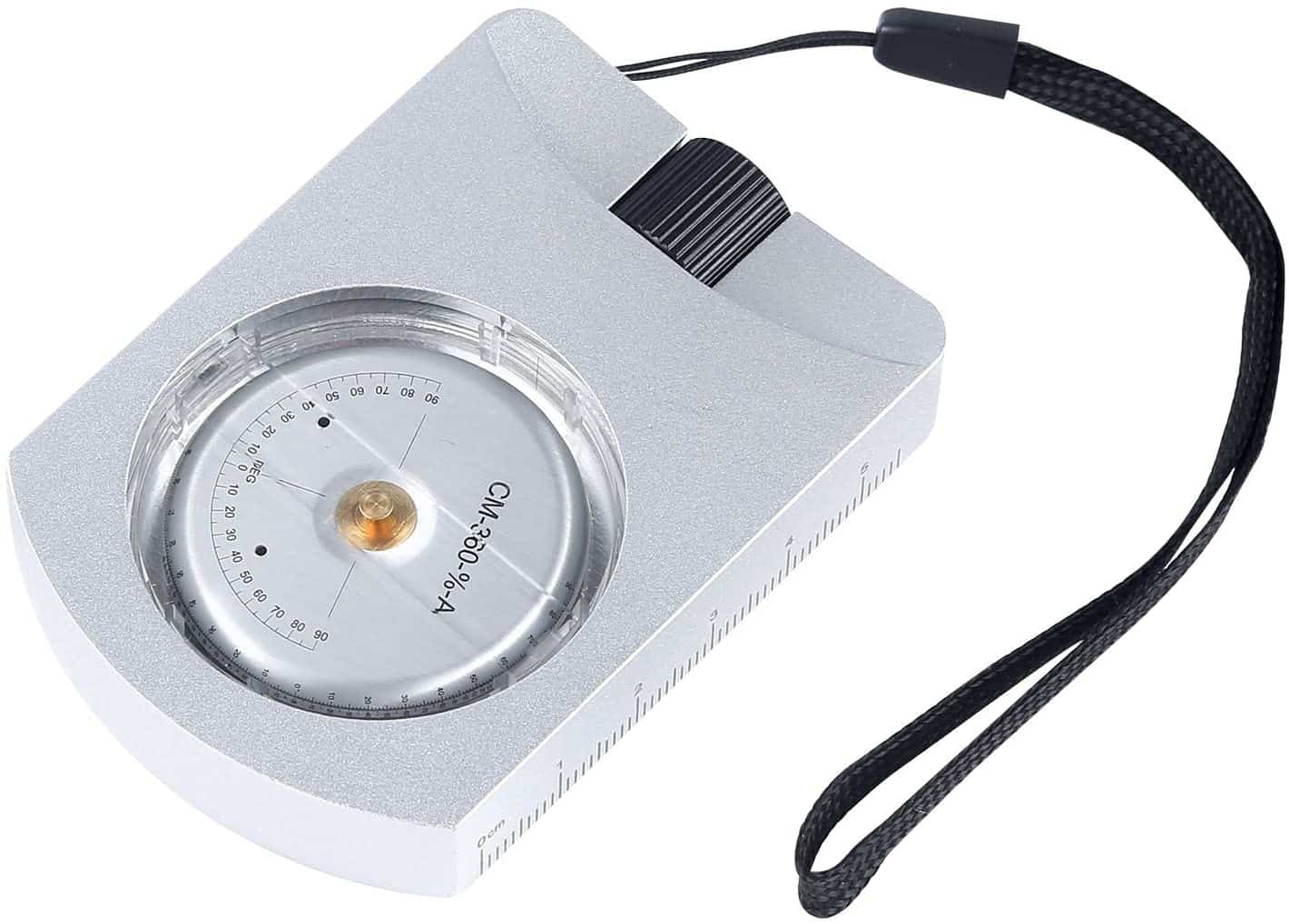Once you start moving from casual hikes to steep terrain and hiking poles, keeping track of your hiking pace becomes more important as a hiker. Knowing how you compare to average hiking speeds can massively influence how you hike, as it may be signs of your own choices or trails that might be beyond your fitness level.
Thankfully, there are all sorts of ways to calculate and assess how you compare to other hikers and how you’re progressing with your hiking speed overall. Improving your hiking speed and estimating average hiking speeds can be complicated, but you can use all sorts of tools and devices to learn your average hiking speed and where you can improve.
What Affects Your Hiking Speed?
Before talking about how you directly calculate hiking speeds, it’s important to mention the many things that can alter your hiking speed. If you’re in perfect health for your age, and you’re walking on a perfectly flat trail, you’re very likely to have a fairly fast speed without many variables to consider.
That said, very few hikers will fill every bubble perfectly, and there are all sorts of things you need to consider both while using a hiking speed calculator and even just assessing your estimated hiking speed. These are just a few of the things that usually are dependent on the hiker and the trail they’re calculating from.
Personal Factors
It seems obvious, but there’s an endless number of things dependent on the hiker’s physical prowess that alter how fast they’ll go. Physical health and fitness vary wildly. While there’s no shame in hiking at any physical health, those who consistently need to walk slower or aren’t as experienced at hiking will naturally fall under many averages.
This is certainly not to say hiking speeds are entirely about innate or physiological causes. Many of these factors also have to do with the hiker’s choices and needs in hiking, such as carrying heavy loads that slow them down or using trekking poles to help them maintain their strength and endurance. Nearly everything you choose to carry will change your speed in some way, even if it’s relatively minor in most cases.
Environmental Factors
The other important hiking speed factors to mention are dependent on your trail, as well as the trail condition you’re hiking in. Inclines and elevation gain will almost always lead to a slower walking speed. Low elevation and downhill paths usually result in more varying speeds while you try maintaining your balance. The same goes for rough and smooth terrain, as a strenuous hike will slow your pace and flat terrain will speed it up.
What’s just as important here is the weather, as different conditions affect your average pace in all kinds of ways. Warm weather will lead you to be exhausted far more easily and feel every ounce of your pack weight while cold weather can force you to wear thicker layers that limit your range of movement, slowing your ascent. Rain, snow, and fog can make things even worse, as lower visibility means you’ll be slowing down to avoid going off the trail.
How To Calculate Hiking Speed

With these special considerations in mind, we can assess our hiking speed. Some calculators provide reasonable estimates, but newer hikers that might not know every detail of their trail may not get as much value out of them.
Instead, there are three general ways you’re able to make sure of your pace that are most common. These won’t all give you a perfectly exact speed, but due to the many factors that get in the way of a proper assessment, you don’t often need a specialized calculator to calculate your hiking pace.
Naismith’s Rule
Nearly all online calculators you find that assess your hiking pace will use Naismith’s Rule, also known as Naismith’s formula. Scottish mountaineer William Naismith created it in 1892, and it gives some of the best estimates of your speed based on only a small number of variables that are easy to track and look up.
(Hours / Miles Travelled) + (Hours / Each 2000ft Elevation) = _ Miles Per Hour
The base formula is that you divide the number of hours you travel by the number of miles, then add another value involving the number of hours by the feet of any elevation. Other mountaineers have adjusted this for other basic speeds and different paces depending on the level of elevation, but this is a great general calculation for most hiking trails that doesn’t require too much additional calculation.
Book Time
The other simple way to measure your hiking speed with the lowest amount of effort is usually provided by the trails themselves. Book time follows another simple formula of thirty minutes for each mile, and thirty minutes for every 1000 feet of elevation, essentially cutting Naismith’s formula into a minute-form to be easier to calculate.
(30 x Miles Travelled) + (30 x Each 1000 ft Of Elevation) = Minutes Of Hiking Time
This formula is usually a better way to express distance, but hikers themselves can use this as an easier way to assess how their pace is. Since this is how most trail resources list their estimates, this also gives you a great way to compare your hiking skill to a more fine-tuned estimate of how long a certain trail is expected to take.
Compare Your Hourly Distance With Average Hiking Speeds
As mentioned, there are tons of personal and environmental factors that can massively alter your hiking speed. Formulas like Naismith’s Rule can give a strong direct value, but it can miss out on tons of personal factors, and it has an odd natural average that assumes most hikers go about 3 mph. Some reports, such as one from the New York Times in 2007, have found the common average speed is only 2 mph, meaning a calculator may not always be ideal.
As a result, calculating your hiking pace may be as easy as comparing it to other hikers of your capabilities and hiking trails. My Open Country mentions that average hiking speeds include 2 mph for standard hikers, 6-10 mph for trail runners, and 4-5mph for speed hikers. If you can measure your distance while on a hiking trail, just measure the amount of time it takes to walk a single mile, and you can then gauge how fast you’re going compared to different types of hikers.
Tools To Automatically Track Hiking Speed
Beyond calculating it yourself, there are also several devices and tools out there that can let you calculate your hiking pace without needing to track your speed or timing whatsoever. Step counters are easier than ever to obtain, but more and more can keep track of everything from your heartbeat to your GPS location.
Some of these you might already own, but others listed here are built specifically with hikers in mind. Either way, any of these devices can provide a great amount of tracking and easier calculations without needing a complex formula to understand your pace.
DSmart 2021 Fitness Tracker
Smartwatches are some of the best tools for hikers in the modern-day, having a ton of utilities from online GPS to even some emergency capabilities like internet access and the ability to make phone calls. That said, not every hiker wants their technology to take over their hike, and getting a fitness tracker like the DSmart 2021 is a great way to get a smaller and less intrusive hiking watch.
This watch is a physical tracker, measuring everything from your heart rate to your steps with spectacular accuracy through a clear and easy-to-read interface. Since it can also track various things like temperature, you can even get a good idea of what personal or environmental factors might be slowing you down in certain parts of your hike.
Ueasy Silver Altimeter & Clinometer
If you prefer analog tools when assessing your hiking speed and pace, you might want to look into an altimeter or clinometer. These often double as compasses, but at their core, they let you measure the elevation of a given hill using a small periscope with a ruler inside.
There are tons of elaborate and fancy clinometers out there, but the Ueasy Silver Altimeter & Clinometer is an effective option at a low price. It does what you need a product like this to do and while it won’t measure hiking speed itself, it can help you figure out any elevations to properly calculate declines and inclines when using formulas like Book Time and Naismith’s Formula.
Smart Phones
If you don’t feel super comfortable buying a specific device for tracking your hikes, you may already own a device that can do all of the things listed above. Most smartphones have gyroscopes you can use as altimeters and clinometers, and they track everything from steps to distance using their GPS. As a result, they can replace many of these devices, albeit with less accuracy since it isn’t tied to your body.

If you wish to improve this, there are all kinds of inexpensive accessories that will let you attach it to your arm or leg. One example of this is the E Tronic Edge Armband Sleeve, which puts your phone in a waterproof pocket so that it can stay secure and more accurately track your movement, making them just as good as many other specialized products.
Final Thoughts

Whenever calculating your hiking speed, one final thing worth mentioning is that it’s important not to judge yourself too harshly based on other averages or hiking speeds. Whatever your usual speed is will likely be what’s right for you, based on your physical health or fitness, and there’s no reason to feel bad or shameful if you’re slower than any estimates you might see online or during your trails.
Calculating your pace is all about improving your own speed, tracking how fast you go so you can improve it further. Hiking should never be a race. It’s great to see how much faster you get with experience, but you should always feel comfortable going whatever speed you need to plan a fun and fulfilling hike.









[…] it’s easy to get comfortable with their weight. However, many who are inexperienced with long hikes and don’t want to dampen their speed will find this a […]
[…] average pace is how quickly you walk over a certain distance. Most hikers walk between 2-3 MPH (3.2 – […]
[…] you really want to focus on losing weight and toning up, there are ways to make your hiking workout more intense to speed up your […]